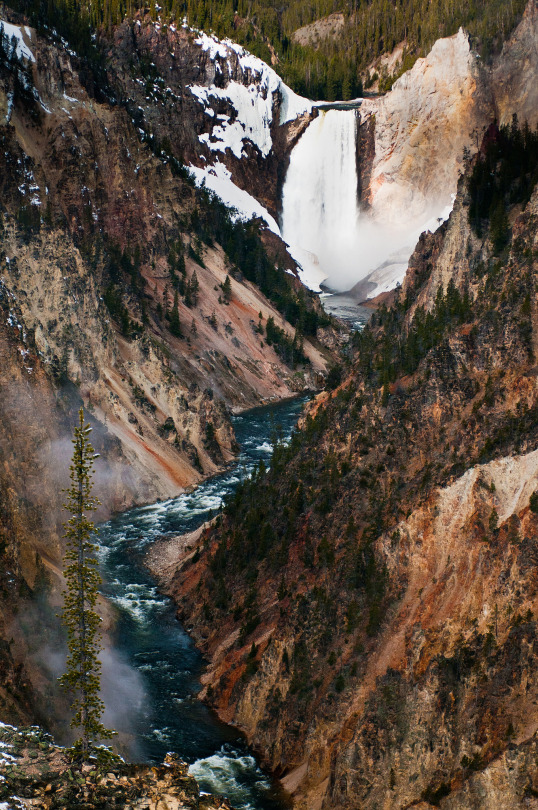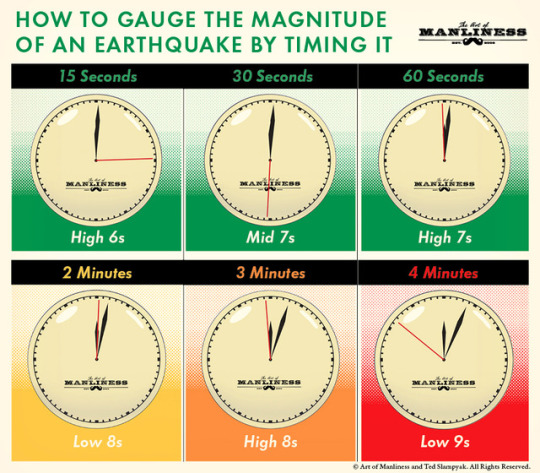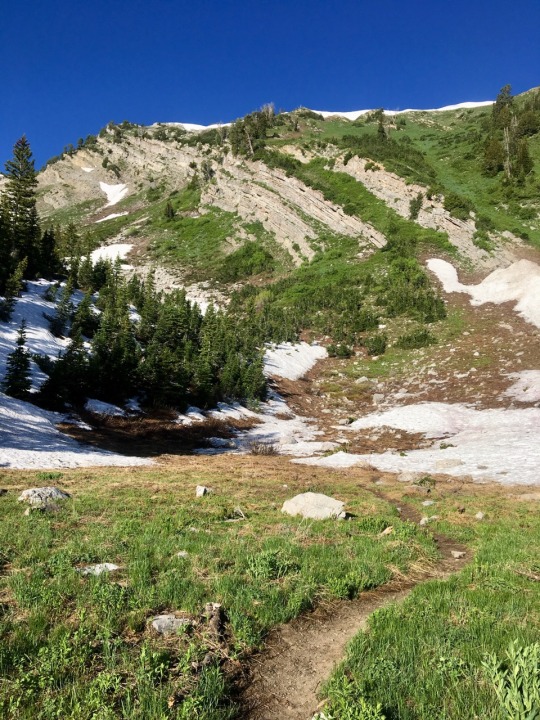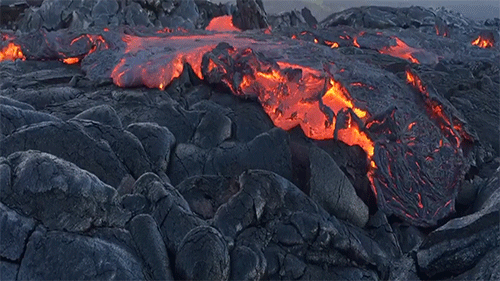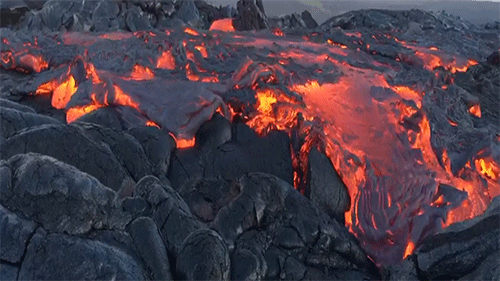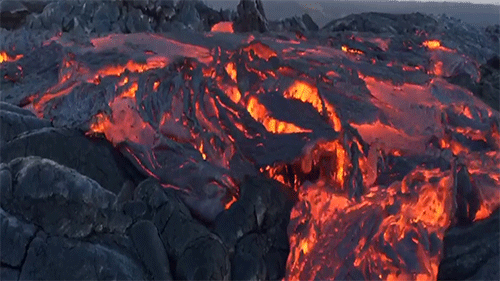Link
From 21 May 2019.
Well, this seems counterintuitive, doesn’t it?
Large scale gold mining in sub-Saharan Africa has reduced infant mortality in nearby communities by 50% among those born within 10km of a gold mine.
Gold mining, and economic development generally, is a proven way of reducing infant deaths.
A study by Anja Benshaul-Tolonen published in The Economic Journal of the UK also finds that local industrial development may be an effective way to reduce infant mortality in developing countries with high rates of mortality arising from poverty.
6 notes
·
View notes
Photo
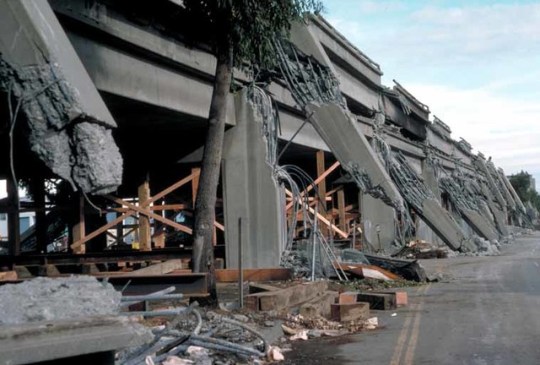
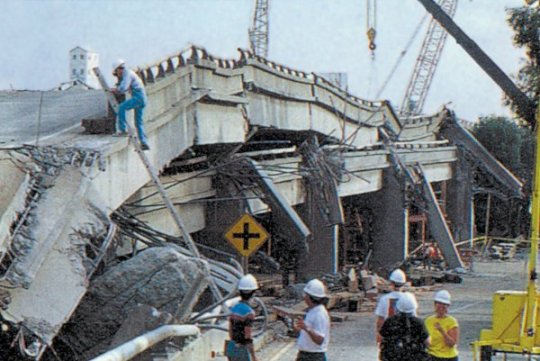
Why seismic design is important, a three decade remembrance.
These images are of the formerly two-deck Cypress Structure on the route of Interstate 880, the Nimitz Freeway in Oakland, California after the 1989 Loma Prieta Earthquake. When we arrived in the SF Bay Area in the early 1960s, the highway was known as State Route 17 and there was some amount of scandal over alleged shortcuts taken in the construction. Not enough rebar, not enough portland cement in the concrete and more. It didn’t help that the pilings were set into bay mud that wasn’t particularly stable. Even with normal traffic, the structure shook and vibrated badly and I hated driving on it.
So with just 15 seconds of shaking, down it came.
129 notes
·
View notes
Photo
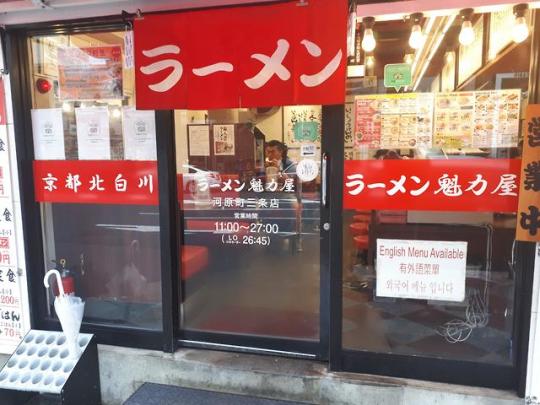
this Japanese restaurant closes at 27:00. Last order is 26:45
57 notes
·
View notes
Video
Ulexite, also known as TV Rock.
It has unique optical properties caused by reflections along twinned fibers. The light internally reflects repeatedly and then displays like a TV!
#geology #geologyrocks #ulexite #TVRock #SpecimenSpotlight (at Museum of Geology, SDSM&T)
6 notes
·
View notes
Photo
Stuff of catalytic converters. Not that I’d suggest using specimen grade platinum, y’understand.
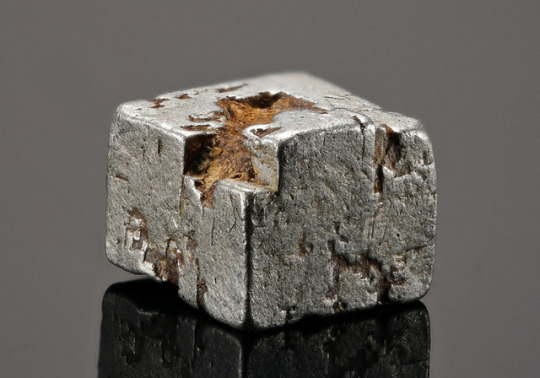
Native Platinum
Locality: Konder alkaline-ultrabasic massif, Aldan shield, Ayan-Maya district, Khabarovskiy Kray, Far-Eastern Region, Russia
Size: 0.5 × 0.5 × 0.4 cm
763 notes
·
View notes
Photo
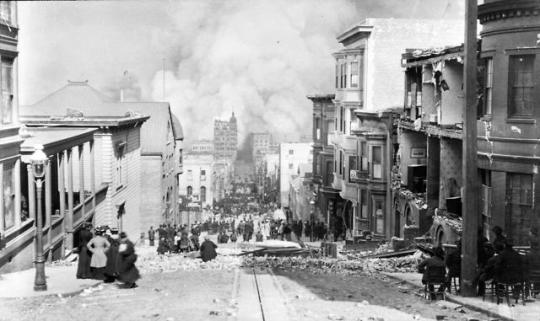
San Francisco earthquake, April 18, 1906. Photographer Arnold Genthe said it shows “the results of the earthquake, the beginning of the fire and the attitude of the people.” It was taken the morning of the first day of the fire. Shows Sacramento St. at Miles Place near Powell St.
via reddit
360 notes
·
View notes
Text
The many views of Sakurajima
23rd March 2019
Sakurajima is Japan’s most active volcano. It has been consistently erupting since 1955. It used to be an island but an eruption in 1914 connected it to the main land.
Our first view of Sakurajima was not promising.
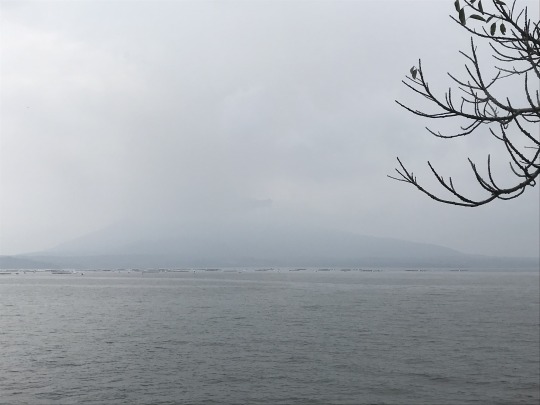
Shrouded in cloud we we couldn’t even see the top.
By the next evening it was slightly more visible.
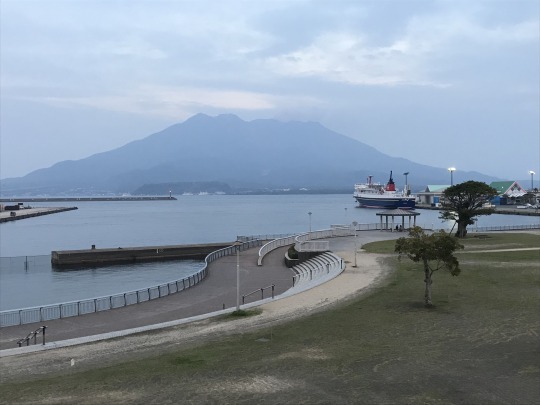
The ash that regularly spews from the southern peak can be seen as a dirty cloud on the righthand side of the volcano.
The third day of viewing Sakurajima was the day we were going to get a closer look, by cycling the 36km around it. Here is the story of that fun, intense and long bike ride.
youtube
After we had recovered from that ‘adventure’, we spent our final morning in Kagoshima viewing the majesty of the volcano from some different spots.
Our first visit was to Shiroyama Park that gave us stunning views with the city in the foreground.


We also visited the Sengan-en a residence used by a noble family from the 1600s. The gardens are famous and have a lovely view across Kagoshima Bay.

Our final view of Sakurajima was perhaps one of its most dramatic.
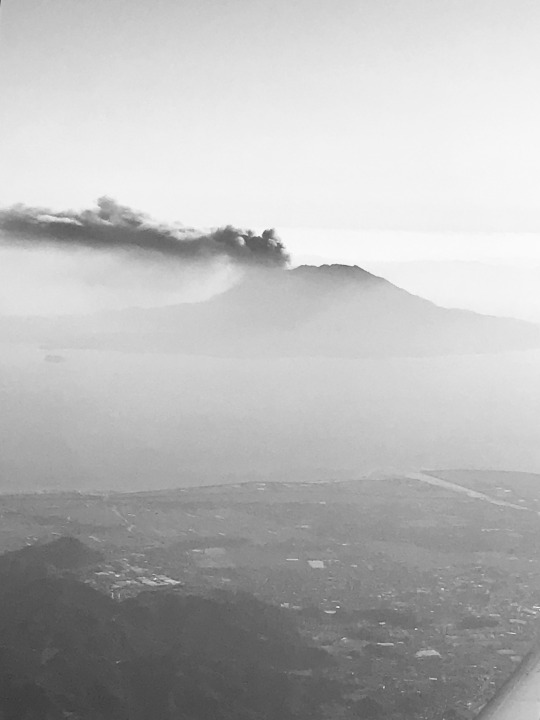
From the aeroplane we could really see the ash cloud prominently rising into the atmosphere.
We had an absolutely brilliant time in Kagoshima and hope to return to Kyushu to explore further.
124 notes
·
View notes
Photo
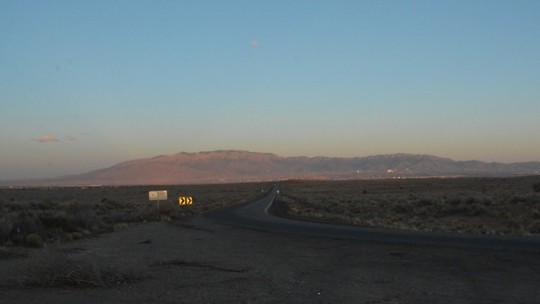
Sandia Mountains at Sunset
Albuquerque NM - February 2018
http://michael-massa-micon.tumblr.com
Sandia means “Watermelon.” The Spanish who settled Albuquerque called the mountains to the east of the city The Watermelon Mountains.
There are a couple interesting aspects of geology and geography which causes this. One, the Sandia Mountains are relatively reflective. There is a lot of granite and other reflective rock in addition to the snow cap which is visible on the mountain during the winter months.
Secondly, there is another set of mountains - actually a volcanic ridge flow - on the west side of the valley. This means that the sunlight is obstructed by the western ridge before sunset.
If you stand in the valley near the western ridge and look over at the Sandias near sunset, you can watch the shadow of the western mountain ridge slowly flow across the valley toward the eastern (Sandia) mountains. Just as it reaches the base of the mountain, the Sandias turn a deep shade of red. That color, and their long shape, make them look like a giant slice of watermelon sitting on the desert floor.
This effect is caused by the fact that red light bends slightly over an obstacle. This is what causes many of our splendid red sunsets. There is a thin band where most of the light is already blocked by the mountain ridge, but the red light is just enough to illuminate the Sandias and give them their watermelon color.
Obviously, it takes a lot of patience and a bit of luck to actually capture this watermelon effect. It is also much more impressive in person than can be captured in any image, but this image does show the watermelon color fairly well. MWM
13 notes
·
View notes
Photo

A 1,000-foot lava fountain in the Mauna Ulu vent area of Kilauea, Hawaii, on December 30, 1969
via reddit
697 notes
·
View notes
Photo
Important, basic stuff. And it was fun. I remember it like it was yesterday, but my mineralogy lab was in 1973. Cleavage and analogues of cleavage become important again when selecting sand and gravel to use in concrete.
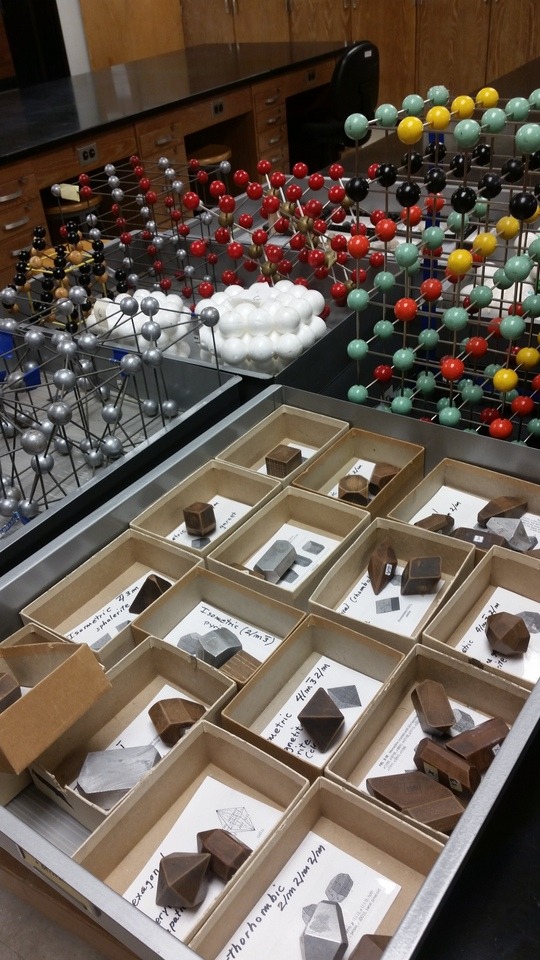
Reminiscing about studying for mineralogy…so glad it’s summer!
8 notes
·
View notes
Link
1 note
·
View note
Video
The whole world needs more of these signs.
instagram
California needs more of these signs.
205 notes
·
View notes
